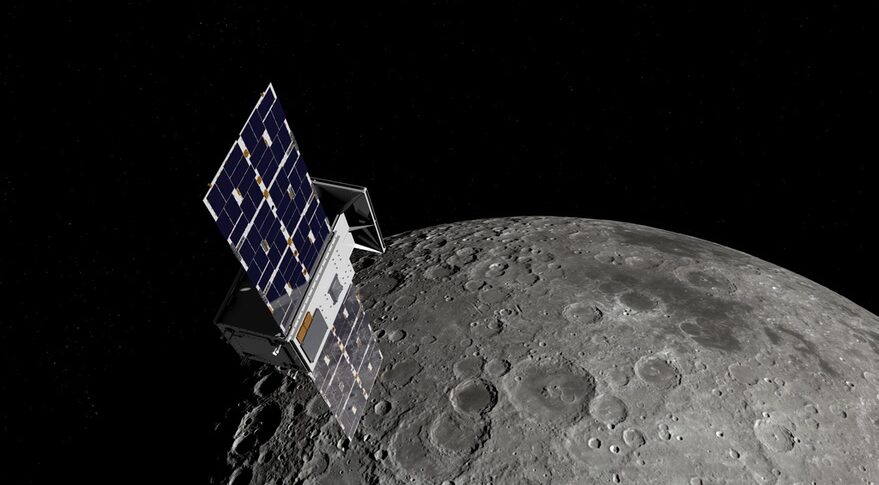
CAPSTONE up next for Rocket Lab (Image Credit: Space News)
WASHINGTON — A NASA lunar cubesat mission is now scheduled to launch in late May on a Rocket Lab Electron after resolving issues with the rocket’s kick stage.
In a call with reporters after the May 2 launch of an Electron rocket carrying 34 smallsats, Peter Beck, chief executive of Rocket Lab, said that the next Electron mission will be of the Cislunar Autonomous Positioning System Technology Operations and Navigation Experiment (CAPSTONE) cubesat for NASA. He did not give a date for the launch.
NASA previously projected a launch between May 3 and 15, but in an April 29 tweet, NASA’s Ames Research Center, which manages the mission, said the launch was now scheduled for no earlier than May. “The launch period is currently being reevaluated by the mission teams” at NASA, Rocket Lab and Advanced Space, the Colorado company that owns and operates the spacecraft for NASA.
“CAPSTONE’s orbital requirements allow for launch opportunities every month,” NASA spokesperson Sarah Frazier told SpaceNews May 2. “NASA, Rocket Lab and Advanced Space are reevaluating the launch period to allow more time for launch vehicle processing.”
In a May 2 presentation at the Interplanetary Small Satellite Conference in San Luis Obispo, California, Tom Gardner, CAPSTONE program manager at Advanced Space, said the company was now targeting a window that opens May 27. He said instantaneous launch windows are available daily until late June.
The latest slip, he said, was due to “minor challenges in the final test program” of the Lunar Photon, the version of the Photon satellite bus configured as a kick stage that will send CAPSTONE out to the moon. Those problems have been resolved, he added.
The spacecraft is scheduled to ship to the Electron launch site in New Zealand at the end of the week for fueling and integration with the launch vehicle. Rocket Lab built a new building at the launch site for fueling the spacecraft with hydrazine, Gardner said, because none of the payloads previously launched on Electron used that energetic but hazardous fuel.
Once launched, CAPSTONE will take four months to go into a near-rectilinear halo orbit around the moon, the same orbit NASA plans to use for the lunar Gateway. Its primary mission of testing the stability of the orbit and conducting navigation experiments with the Lunar Reconnaissance Orbiter will last six months, followed by an extended or “enhanced” mission of up to 11 months with additional tests.
Gardner said the company had a goal of getting the spacecraft launched within 18 months. “That proved to be quite difficult,” he said, with 17 months of delays, 7 of which he said was caused by the pandemic. “The other 10 months are purely risk realizations on the spacecraft and on the launch vehicle.”








